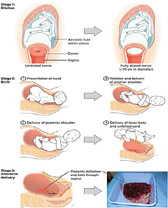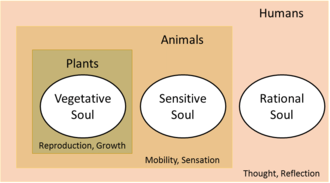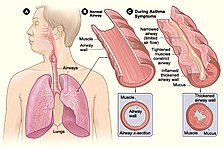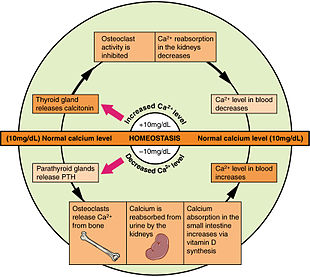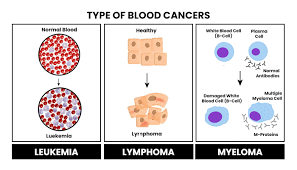- Hits: 1260
- Video Field: https://www.youtube.com/watch?v=iKPw6-cTpIA
We're for all- ALL are for us for the greater interest of Humanism-Truth-Facts-Friendship-Unity-Participation including Physico-Mental Sound Health with Spirituality enrichment through ''TOTAL HEALTH SOLUTION'' to a Well-furnished GOALofTruth alloted for all in real sense ;
From wikipedia & other reliable sources ( Poets, Writers, Thinkers, Researchers, Free Lancers, Philosophers, Theologists, Scientists, Orators, Sociologists and Photographers +Artists-Musicians & etc.) we can learn as follows :
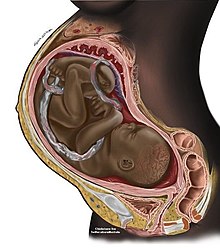
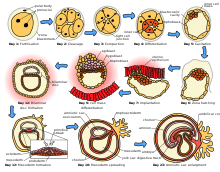
The sperm and the egg cell, which has been released from one of the female's two ovaries, unite in one of the two Fallopian tubes. The fertilized egg, known as a zygote, then moves toward the uterus, a journey that can take up to a week to complete. Cell division begins approximately 24 to 36 hours after the female and male cells unite. Cell division continues at a rapid rate and the cells then develop into what is known as a blastocyst. The blastocyst arrives at the uterus and attaches to the uterine wall, a process known as implantation.
The development of the mass of cells that will become the infant is called embryogenesis during the first approximately ten weeks of gestation. During this time, cells begin to differentiate into the various body systems. The basic outlines of the organ, body, and nervous systems are established. By the end of the embryonic stage, the beginnings of features such as fingers, eyes, mouth, and ears become visible. Also during this time, there is development of structures important to the support of the embryo, including the placenta and umbilical cord. The placenta connects the developing embryo to the uterine wall to allow nutrient uptake, waste elimination, and gas exchange via the mother's blood supply. The umbilical cord is the connecting cord from the embryo or fetus to the placenta.
After about ten weeks of gestational age—which is the same as eight weeks after conception—the embryo becomes known as a fetus.[45] At the beginning of the fetal stage, the risk of miscarriage decreases sharply.[46] At this stage, a fetus is about 30 mm (1.2 inches) in length, the heartbeat is seen via ultrasound, and the fetus makes involuntary motions.[47] During continued fetal development, the early body systems, and structures that were established in the embryonic stage continue to develop. Sex organs begin to appear during the third month of gestation. The fetus continues to grow in both weight and length, although the majority of the physical growth occurs in the last weeks of pregnancy.
Electrical brain activity is first detected at the end of week 5 of gestation, but as in brain-dead patients, it is primitive neural activity rather than the beginning of conscious brain activity. Synapses do not begin to form until week 17.[48] Neural connections between the sensory cortex and thalamus develop as early as 24 weeks' gestational age, but the first evidence of their function does not occur until around 30 weeks, when minimal consciousness, dreaming, and the ability to feel pain emerges.[49]
Although the fetus begins to move during the first trimester, it is not until the second trimester that movement, known as quickening, can be felt. This typically happens in the fourth month, more specifically in the 20th to 21st week, or by the 19th week if the woman has been pregnant before. It is common for some women not to feel the fetus move until much later. During the second trimester, when the body size changes, maternity clothes may be worn.
- Hits: 1134
- Video Field: https://www.youtube.com/watch?v=iKPw6-cTpIA
We're for all- ALL are for us for the greater interest of Humanism-Truth-Facts-Friendship-Unity-Participation including Physico-Mental Sound Health with Spirituality enrichment through ''TOTAL HEALTH SOLUTION'' to a Well-furnished GOALofTruth alloted for all in real sense ;
From wikipedia & other reliable sources ( Poets, Writers, Thinkers, Researchers, Free Lancers, Philosophers, Theologists, Scientists, Orators, Sociologists and Photographers +Artists-Musicians & etc.) we can learn as follows :

''A distinguishing characteristic of the class Mammalia is the presence of mammary glands. Mammary glands are modified sweat glands that produce milk, which is used to feed the young for some time after birth. Only mammals produce milk. Mammary glands are obvious in humans, because the female human body stores large amounts of fatty tissue near the nipples, resulting in prominent breasts. Mammary glands are present in all mammals, although they are normally redundant in males of the species.[25]
Most mammalian females have two copies of the X chromosome, while males have only one X and one smaller Y chromosome; some mammals, such as the platypus, have different combinations.[26][27] One of the female's X chromosomes is randomly inactivated in each cell of placental mammals while the paternally derived X is inactivated in marsupials. In birds and some reptiles, by contrast, it is the female which is heterozygous and carries a Z and a W chromosome while the male carries two Z chromosomes. In mammals, females can have XXX or X.[28][29]
Mammalian females bear live young, with the exception of monotreme females, which lay eggs.[30] Some non-mammalian species, such as guppies, have analogous reproductive structures; and some other non-mammals, such as some sharks, also bear live young.[31]
In sex determination for mammals, female is the default sex, while in the poplar genus Populus the default is male''.[32]
- Hits: 1088
- Video Field: https://www.youtube.com/watch?v=iKPw6-cTpIA
We're for all- ALL are for us for the greater interest of Humanism-Truth-Facts-Friendship-Unity-Participation including Physico-Mental Sound Health with Spirituality enrichment through ''TOTAL HEALTH SOLUTION'' to a Well-furnished GOALofTruth alloted for all in real sense ;
From wikipedia & other reliable sources ( Poets, Writers, Thinkers, Researchers, Free Lancers, Philosophers, Theologists, Scientists, Orators, Sociologists and Photographers +Artists-Musicians & etc.) we can learn as follows :
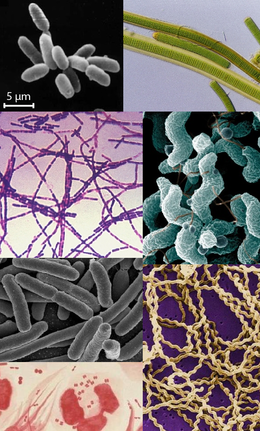
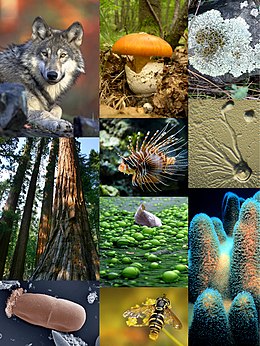
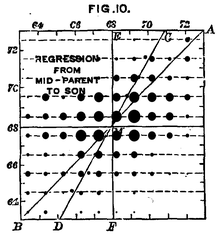
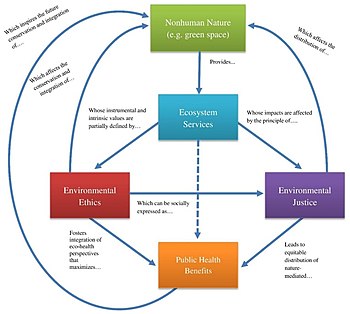
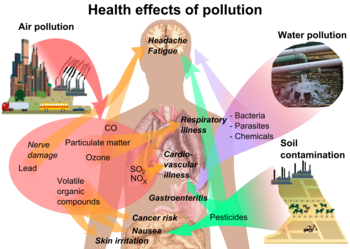
''All life forms require certain core chemical elements needed for biochemical functioning. These include carbon, hydrogen, nitrogen, oxygen, phosphorus, and sulfur—the elemental macronutrients for all organisms[186]—often represented by the acronym CHNOPS. Together these make up nucleic acids, proteins and lipids, the bulk of living matter. Five of these six elements comprise the chemical components of DNA, the exception being sulfur. The latter is a component of the amino acids cysteine and methionine. The most biologically abundant of these elements is carbon, which has the desirable attribute of forming multiple, stable covalent bonds. This allows carbon-based (organic) molecules to form an immense variety of chemical arrangements.[187] Alternative hypothetical types of biochemistry have been proposed that eliminate one or more of these elements, swap out an element for one not on the list, or change required chiralities or other chemical properties.
- Hits: 1410
- Video Field: https://www.youtube.com/watch?v=iKPw6-cTpIA
We're for all- ALL are for us for the greater interest of Humanism-Truth-Facts-Friendship-Unity-Participation including Physico-Mental Sound Health with Spirituality, enrichment through ''TOTAL HEALTH SOLUTION'' to a Well-furnished GOALofTruth alloted for all in real sense ;
From wikipedia & other reliable sources ( Poets, Writers, Thinkers, Researchers, Free Lancers, Philosophers, Theologists, Scientists, Orators, Sociologists and Photographers +Artists-Musicians & etc.) we can learn as follows :
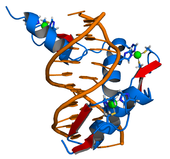
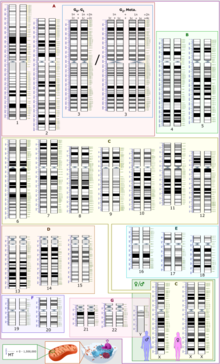
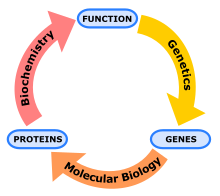
''Genetics is the study of genes, genetic variation, and heredity in organisms.[1][2][3] It is an important branch in biology because heredity is vital to organisms' evolution. Gregor Mendel, a Moravian Augustinian friar working in the 19th century in Brno, was the first to study genetics scientifically. Mendel studied "trait inheritance", patterns in the way traits are handed down from parents to offspring over time. He observed that organisms (pea plants) inherit traits by way of discrete "units of inheritance". This term, still used today, is a somewhat ambiguous definition of what is referred to as a gene.
জেনেটিক্স প্রাণী সমূহের বংশগতি ও অন্যান্য প্রাণীজ গুণাবলী বহন করে, তাই বেশীর ভাগ জেনেটিক জটিলতা হয়ে থাকে;
Trait inheritance and molecular inheritance mechanisms of genes are still primary principles of genetics in the 21st century, but modern genetics has expanded to study the function and behavior of genes. Gene structure and function, variation, and distribution are studied within the context of the cell, the organism (e.g. dominance), and within the context of a population. Genetics has given rise to a number of subfields, including molecular genetics, epigenetics and population genetics. Organisms studied within the broad field span the domains of life (archaea, bacteria, and eukarya).
Genetic processes work in combination with an organism's environment and experiences to influence development and behavior, often referred to as nature versus nurture. The intracellular or extracellular environment of a living cell or organism may switch gene transcription on or off. A classic example is two seeds of genetically identical corn, one placed in a temperate climate and one in an arid climate (lacking sufficient waterfall or rain). While the average height of the two corn stalks may be genetically determined to be equal, the one in the arid climate only grows to half the height of the one in the temperate climate due to lack of water and nutrients in its environment.




